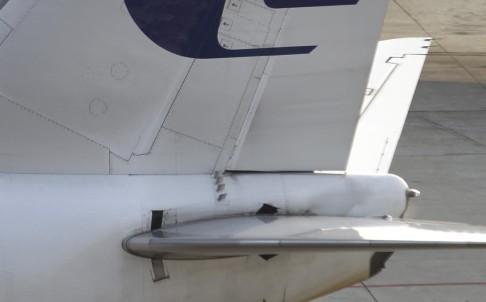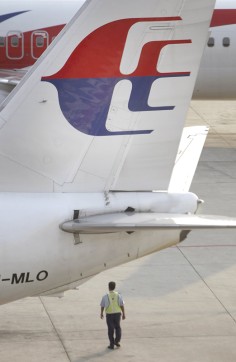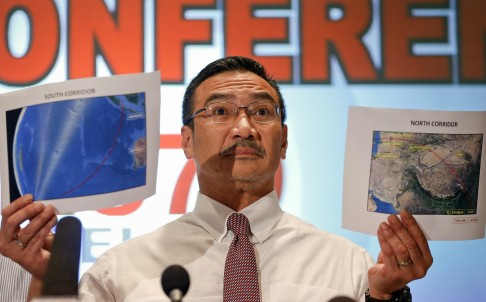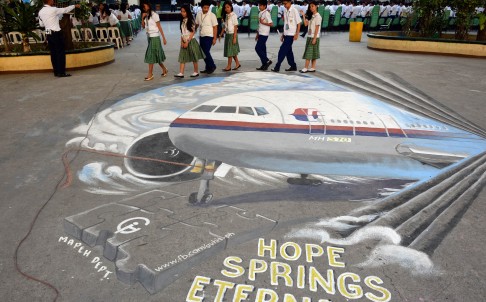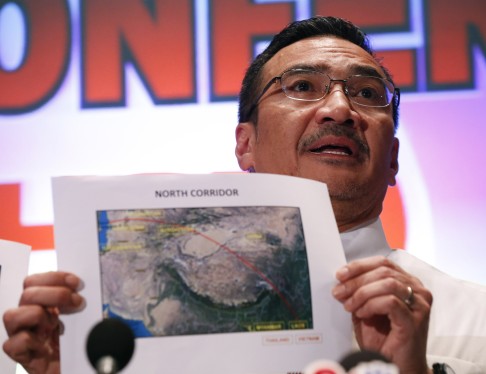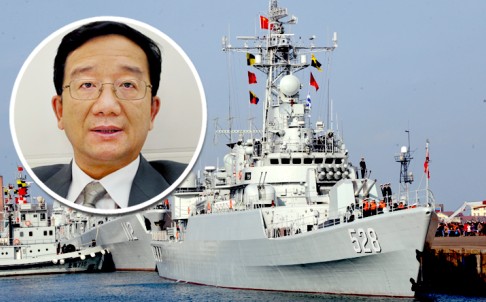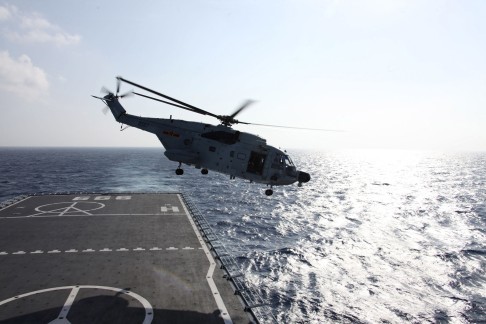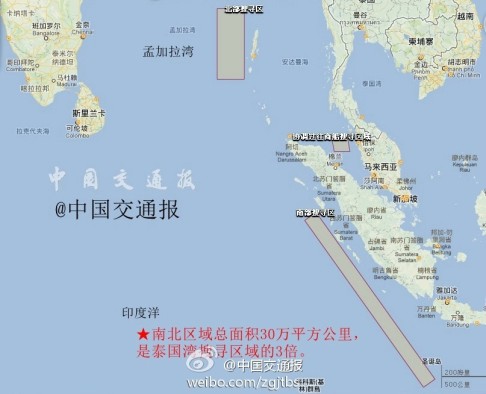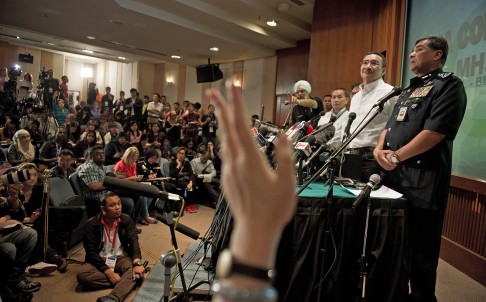Flight recorders from an Air France plane which crashed into the Atlantic Ocean in 2009 were found almost two years later. But since cockpit recorders are capable of storing at most the last two hours of audio from the flight, it seems unlikely they will capture any clues from perhaps the most crucial section of the flight: the point at which it diverts. There may be no evidence as to whether someone entered the cockpit or a pilot set the plane on another course of his own volition.









